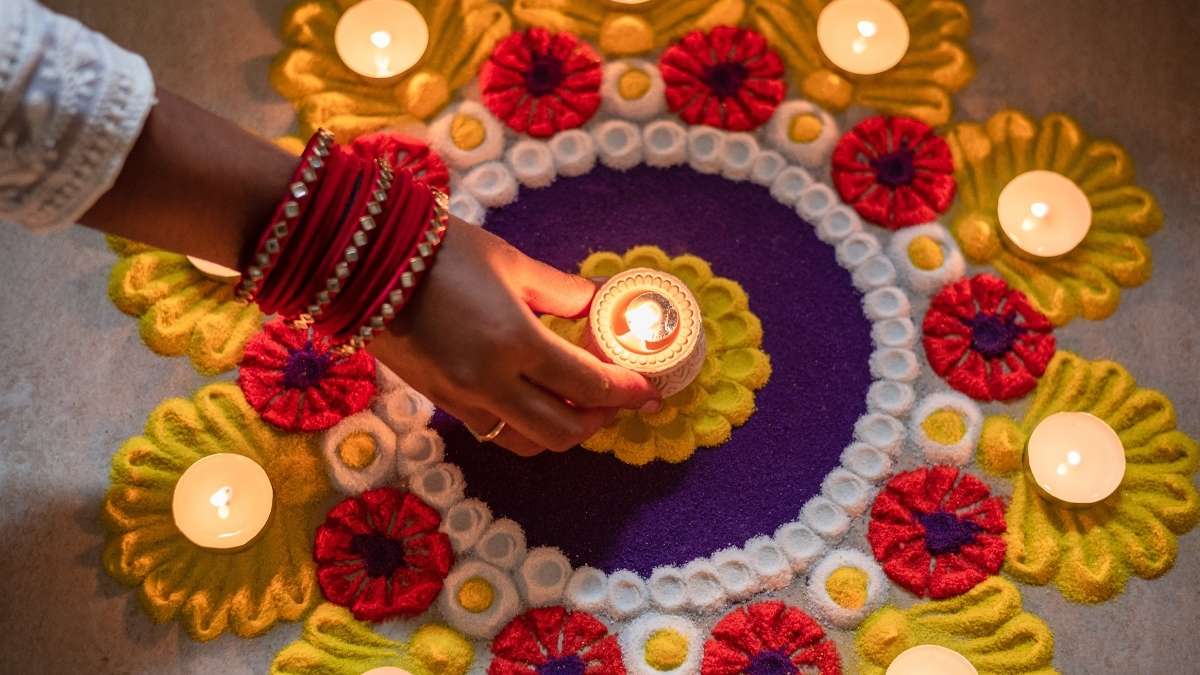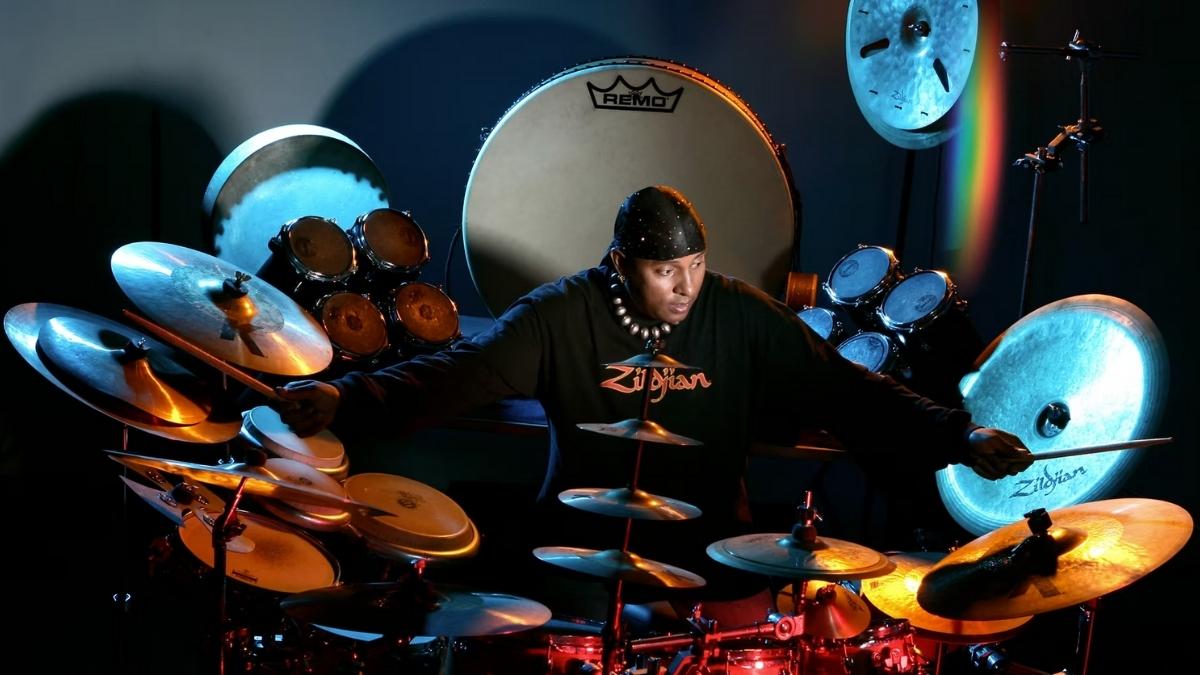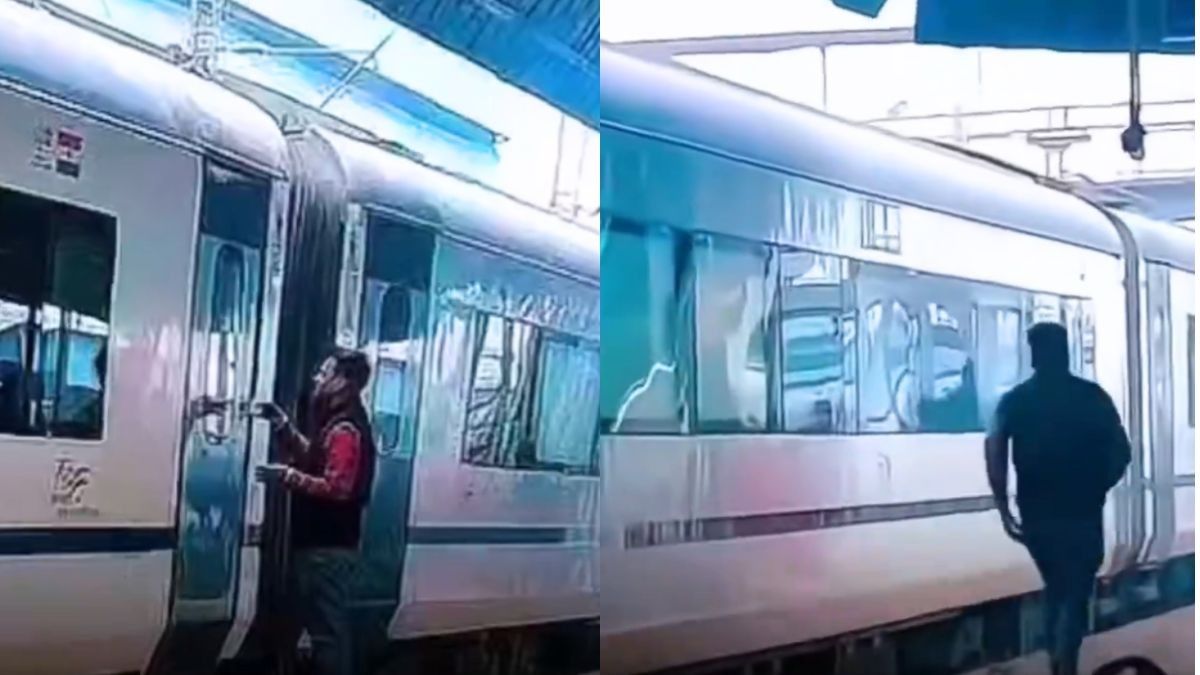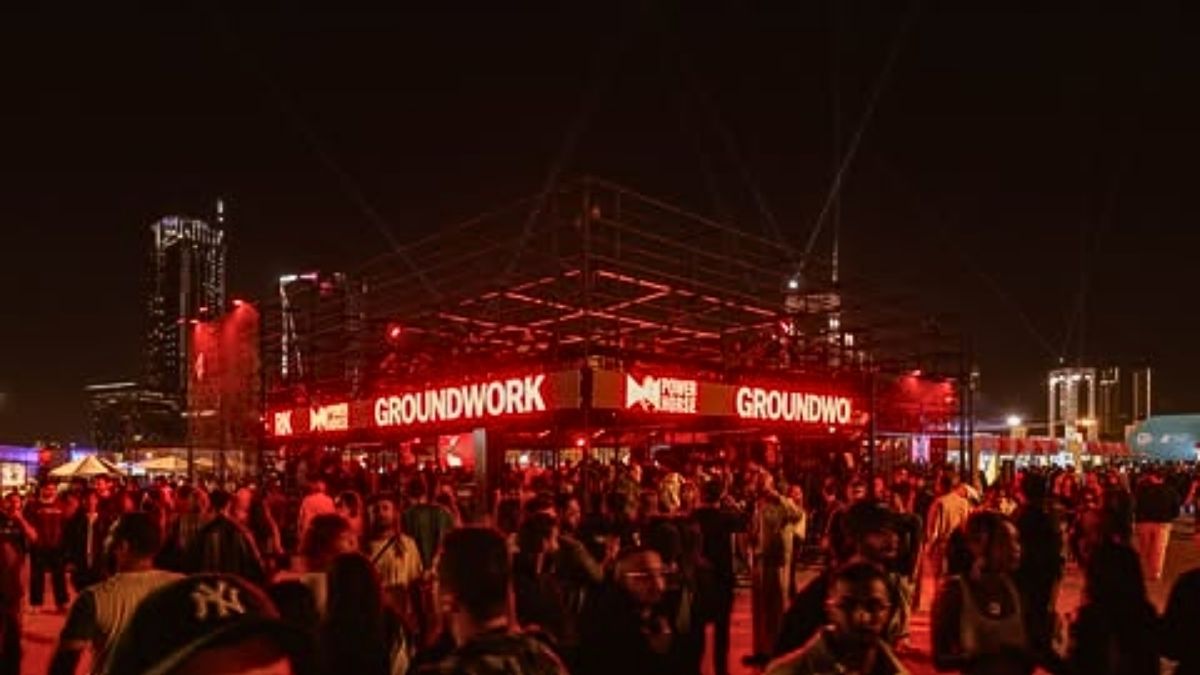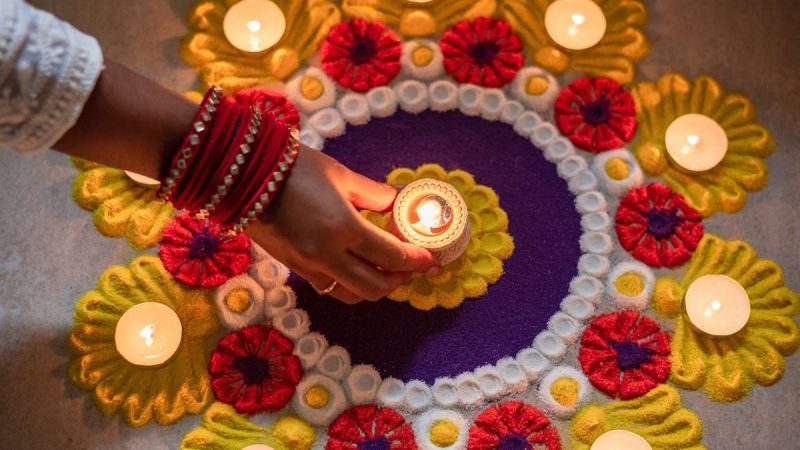As the vibrant lights of Deepavali fade across the country, a hidden gem in the hills of Uttarakhand prepares to bask in its own glow. The Jaunsar-Bawar region, nestled less than 100 kilometers from the bustling hill station of Mussoorie, celebrates a unique version of the festival of lights known as Diyai.
Celebrating Deepavali In Jaunsar-Bawar, Uttarakhand
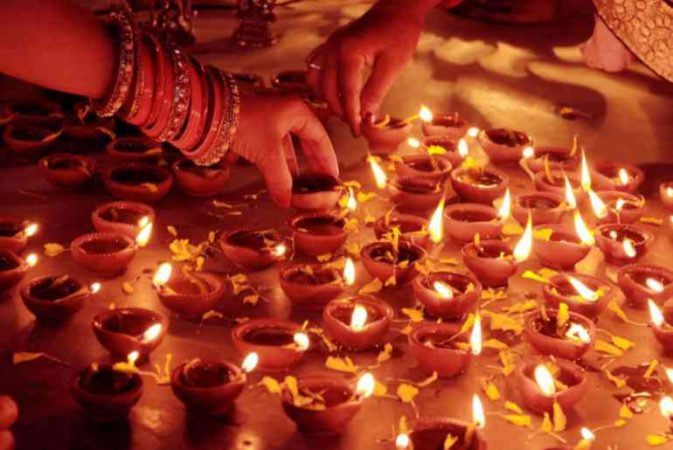
The origins of Diyai are woven into the fabric of local mythology. According to legend, the festival commemorates the return of Lord Ram to Ayodhya after 14 years of exile, a narrative that resonates deeply with the significance of Deepavali throughout the country. However, the Jaunsar-Bawar region has its interpretation of this tale. It is believed that the joyous news of Ram’s return arrived late in the hills, perhaps carried by the winds through the lush valleys and forests that characterize this tranquil landscape.
The unique timing of Diyai also aligns with the agricultural calendar of the region. The weeks leading up to Deepavali are typically a bustling period for villagers, who are engaged in the harvest. On the eve of Jaunsari Diwali, the entire village remains awake to honour the local deity. Clusters of deodar sticks, known as viyati, are set ablaze as people sing and dance. Diyai emerges as a well-deserved festivity. This is a celebration of local culture and traditions.
How It Is Celebrated
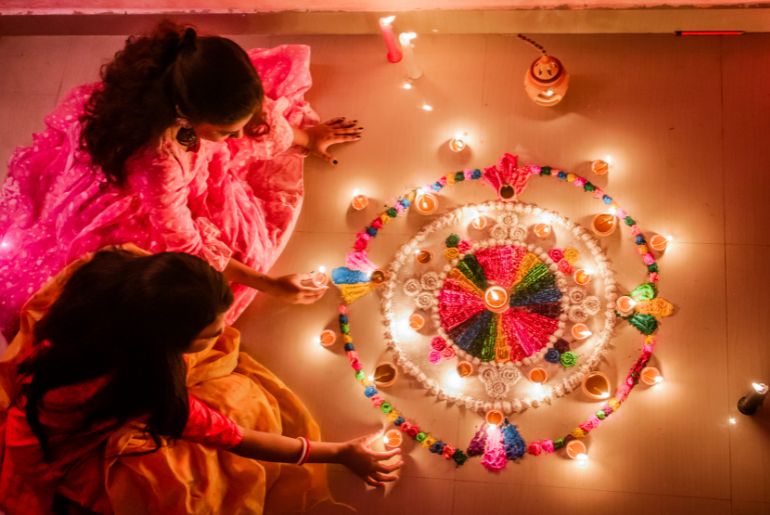
The celebrations continue the following morning. At least one member from each family visits every home in the village, where they are warmly served tea and chiwra (beaten rice). Each family also brings offerings of walnuts to the temple. In the evening, the village pandit (priest) distributes these walnuts to the crowd that gathers. The next morning features a temple procession, where villagers carry a dola, a wooden platform adorned with the idol of the local deity, accompanied by singing and dancing. The person tasked with carrying the dola must perform at least five dance rounds while holding it. Afterwards, the entire village gathers at this person’s house for tea.
These dishes, passed down through generations, embody the essence of togetherness and community. Families often share their culinary creations with neighbours, reinforcing bonds and fostering a sense of unity within the village.
Diyai, celebrated in its full glory a month later, offers a glimpse into the rich tapestry of tradition, community, and cultural heritage that defines this picturesque corner of Uttarakhand.
Cover image credits: Canva
First Published: October 23, 2024 7:28 PM
